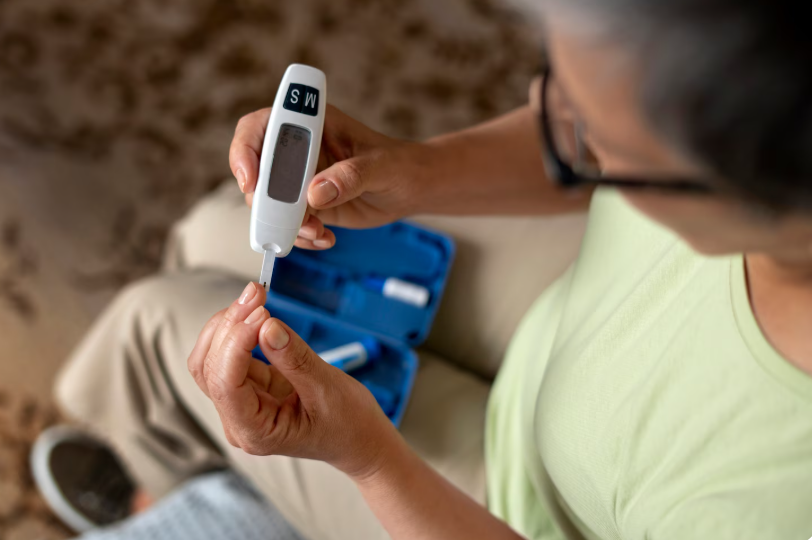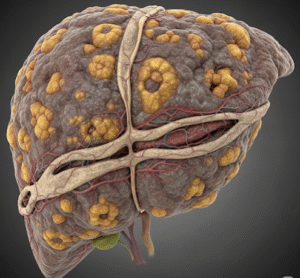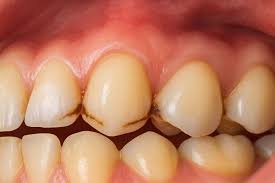Overview
Diabetic Ketoacidosis (DKA) is a serious and potentially life-threatening complication of diabetes that occurs when the body produces high levels of blood acids called ketones. This happens due to a severe insulin deficiency, causing the body to break down fat for energy, leading to an accumulation of ketones in the blood. Without prompt treatment, DKA can cause dehydration, electrolyte imbalances, coma, and even death.
In Korea, where advanced medical care and diabetes management programs are widely available, DKA is managed effectively in both emergency and inpatient settings. Major hospitals and endocrinology centers in Korea offer specialized care for diabetes patients, with continuous glucose monitoring, advanced laboratory testing, and evidence-based treatment protocols.
What is Diabetic Ketoacidosis?
Diabetic Ketoacidosis is a medical emergency primarily seen in people with type 1 diabetes, though it may also occur in those with type 2 diabetes under stressful conditions such as severe illness or infections. It develops when:
- The body lacks enough insulin.
- Blood sugar levels rise sharply.
- The body starts breaking down fat for fuel, producing ketones.
Excessive ketones in the blood make it acidic, leading to the symptoms and risks of DKA.
Symptoms
Common symptoms of Diabetic Ketoacidosis include:
- Excessive thirst and dry mouth
- Frequent urination
- Nausea and vomiting
- Abdominal pain
- Fatigue and weakness
- Shortness of breath (rapid, deep breathing)
- Fruity-scented breath (caused by ketones)
- Confusion or difficulty concentrating
Severe untreated cases can lead to loss of consciousness and coma.
Causes
The major causes of DKA include:
- Missed insulin doses or inadequate insulin therapy
- Infections (most common trigger)
- Uncontrolled or newly diagnosed diabetes
- Severe dehydration
- Heart attack, stroke, or other acute illness
- Alcohol or drug misuse
Risk Factors
- Having type 1 diabetes
- Poor adherence to insulin therapy
- Unrecognized or untreated type 2 diabetes
- History of frequent infections
- Adolescents and young adults (more prone due to hormonal factors)
- Stress or trauma
Complications
If not treated promptly, DKA can result in:
- Severe dehydration
- Electrolyte imbalances (low potassium, sodium shifts)
- Cerebral edema (brain swelling, rare but serious)
- Coma or death
Prevention
- Taking insulin regularly and as prescribed
- Monitoring blood sugar frequently
- Using continuous glucose monitoring (CGM) devices
- Staying hydrated
- Managing infections and illnesses promptly
- Educating patients about early symptoms of DKA
Treatment Options in Korea
Diagnosis
In Korea, DKA is diagnosed using:
- Blood tests (blood sugar, ketone levels, electrolytes, blood pH)
- Urine ketone testing
- Arterial blood gas analysis
- Imaging and additional tests if underlying causes (like infection) are suspected
Medical Treatments
- Intravenous fluids to correct dehydration
- Electrolyte replacement (potassium and sodium correction)
- Insulin therapy (intravenous insulin infusion until glucose and ketone levels normalize)
- Antibiotics if infection is identified as a trigger
- Close monitoring in emergency units or intensive care
Surgical or Advanced Therapies
Surgery is not a direct treatment for DKA, but in cases where infection (e.g., abscess) or other complications (e.g., bowel obstruction) trigger DKA, surgical intervention may be required. Korean hospitals have advanced emergency surgery support integrated with diabetes care.













